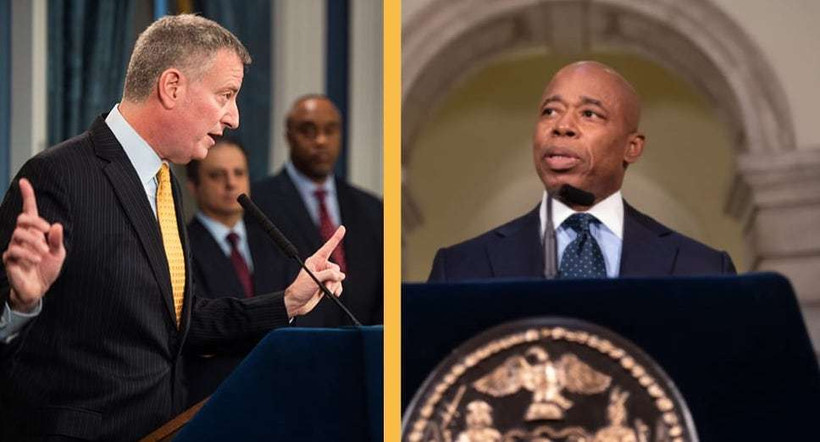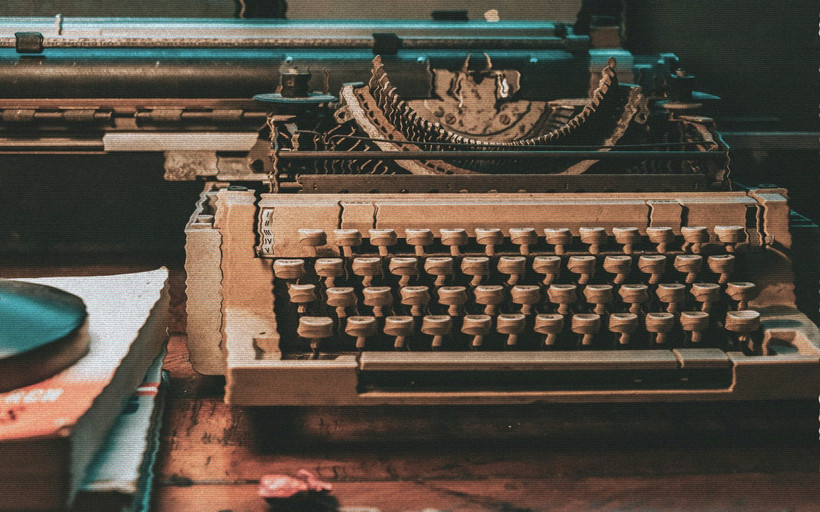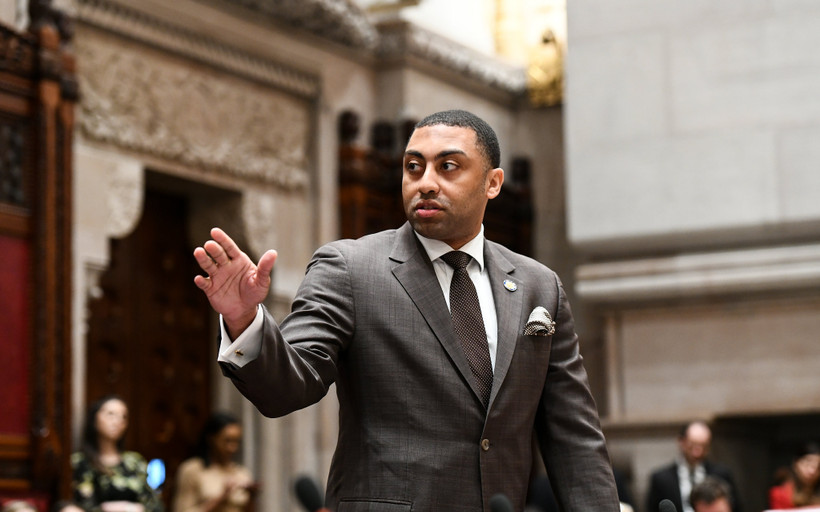Is There Anything New in Eric Adams’s Gun Violence Plan?
Many have described the New York City mayor’s “blueprint” to address gun crime as occupying a novel middle ground. But it mostly copies the policies of his predecessor and relies heavily on tough-on-crime tactics.



